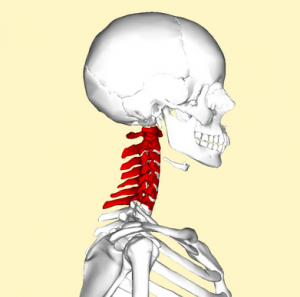 Pain is complex and treatment for it is rarely a single strategy solution. Oftentimes, it takes a myriad of strategies implemented for a long duration of time just to create a single result. This is mainly the reason why medical professionals are always exploring a variety of methods to treat pain because efficacy of current provisions is rarely consistent – patients always have different reactions to all of them. One solution can work exceptionally for some, while for others, it can create adverse effects or nil.
Pain is complex and treatment for it is rarely a single strategy solution. Oftentimes, it takes a myriad of strategies implemented for a long duration of time just to create a single result. This is mainly the reason why medical professionals are always exploring a variety of methods to treat pain because efficacy of current provisions is rarely consistent – patients always have different reactions to all of them. One solution can work exceptionally for some, while for others, it can create adverse effects or nil.
For pain management therapy, there’s a big collection of strategies that pain specialists study first to be able to design an effective treatment for patients; there’s acupuncture, acupressure, electric stimulation, psychiatric evaluations, and many others. Electric stimulation, particularly, is something many are still not quite familiar with; it is used to contribute to pain alleviation. What it supposedly does is, through calculated electrical impulses (mild “shocks” that feel like soft, warm pinpricks), the “pain message” being sent to the brain through the nerves gets interrupted, and when that message is properly prevented from reaching the brain, then pain is not felt.
Another belief about transcutaneous electrical nerve stimulation (TENS) is that the electrical impulses released during the procedure encourage the body to produce more endorphins (the happy hormone). Endorphins are known to be the body’s natural pain killers; therefore, with generous levels of endorphins, pain ceases to be felt.
The effectiveness of this strategy is not consistent but it has managed to yield significant results for many, which is why it’s included in the pain management therapy program for people who suffer from migraines, cancer pains, arthritis, bursitis, tendonitis, sports injuries, post-surgical pain, and even labor pains. Like what was mentioned earlier, it’s just used as part of a program because the results of this strategy vary among different patients. Likewise, the effects are not long-lasting, so therefore, it’s not a cure — curing pain is a more complicated process for treatment has to start from the root cause of the discomfort.
If you’ve been suffering from persistent pains and you are open and willing to explore all the available strategies out there that can help you find relief (even just temporarily), electric stimulation is definitely something worth considering. Consult your pain specialist about it and learn if it’s a worthy solution to include in your pain management therapy program. There are no extreme side effects to electric stimulation so it’s definitely something to consider trying; plus, the procedure is rather affordable. If it works, then good for you; if it doesn’t, you didn’t really put yourself at risk by trying it out.














